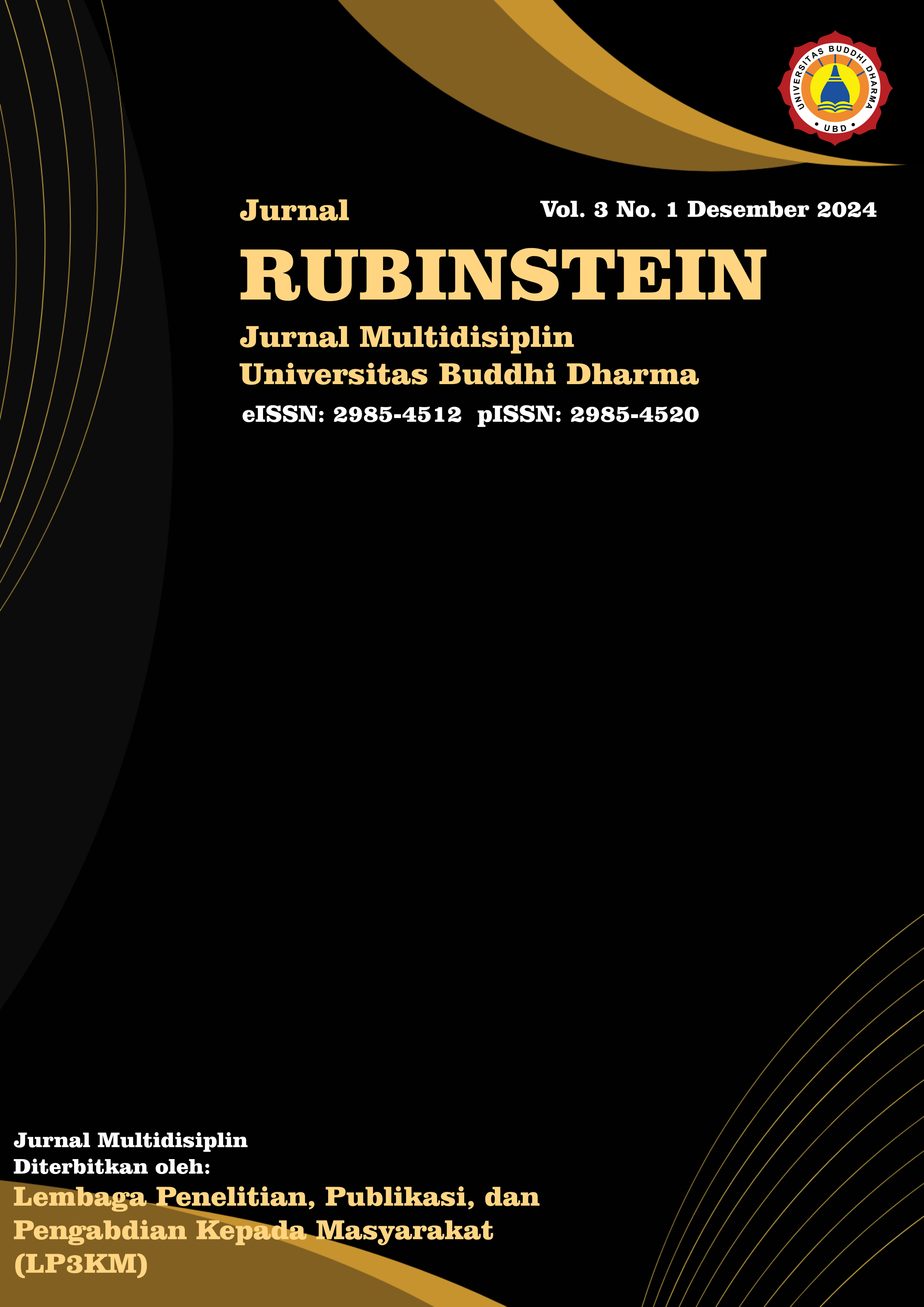Characteristics and Problem Identification of Interactivity in Online Vocal Education
Main Article Content
Abstract
In recent years, the rapid development of Internet technology has significantly transformed the landscape of education, particularly in the field of vocal training. Online vocal education, once a niche offering, has gained substantial traction as a viable alternative to traditional face-to-face teaching. This shift was particularly pronounced during the COVID-19 pandemic, when in-person vocal lessons were largely replaced by online platforms. The adoption of online vocal education has surged due to its inherent advantages, such as convenience, flexibility, and the ability to share resources across diverse geographical locations. These advantages have made online learning an appealing option for both teachers and students alike. However, despite its benefits, online vocal education presents several challenges, particularly in terms of interactivity. This article utilizes a SWOT analysis to examine the strengths, weaknesses, opportunities, and threats associated with online vocal classrooms. The analysis reveals that while online vocal education allows for greater accessibility and resource sharing, it also faces limitations in terms of real-time feedback, student-teacher interaction, and the difficulty of providing personalized instruction in a virtual setting. The lack of physical presence can hinder non-verbal communication cues that are often crucial in vocal training. Additionally, issues such as technological barriers, internet connectivity, and the potential for distractions in a home environment can negatively impact the learning experience. In conclusion, online vocal education offers promising opportunities for expanding access to quality vocal training, but it also requires further innovations to enhance its interactivity. Addressing these challenges could pave the way for more effective online learning models, making it a more seamless and rewarding experience for vocal students and educators
Downloads
Article Details

This work is licensed under a Creative Commons Attribution-NonCommercial-NoDerivatives 4.0 International License.
With this statement, I hereby grant and transfer to RUBINSTEIN all exclusive copyright ownership rights for the aforementioned work. This includes, but is not limited to, the rights to publish, republish, modify, distribute, transmit, sell, or use the work and related materials globally, in whole or in part, in any language, and through any form of media—whether electronic, printed, or any other medium known now or developed in the future. RUBINSTEIN also reserves the right to grant permission or license third parties to carry out any of these actions. I acknowledge that RUBINSTEIN will hold these exclusive rights from the date the article is accepted for publication. I also recognize that RUBINSTEIN, as the copyright holder, has the sole authority to license and permit the reproduction of the article. However, I understand that any other proprietary rights related to the work (such as patents or other rights to a process or procedure) remain with the author. Furthermore, I acknowledge that RUBINSTEIN allows authors to use their articles in accordance with the applicable Creative Commons license.
 Abstract views: 63
/
Abstract views: 63
/  PDF downloads: 32
PDF downloads: 32

